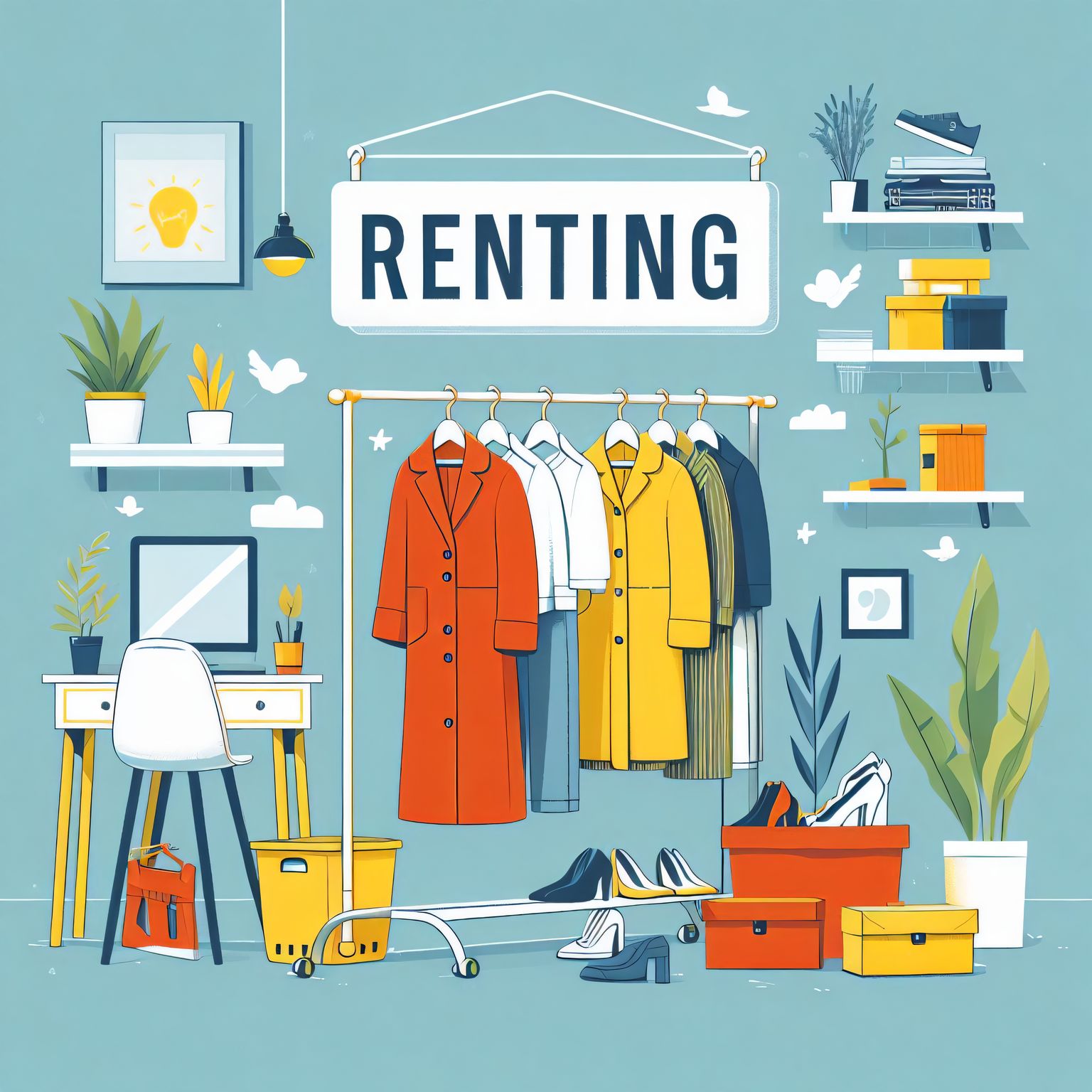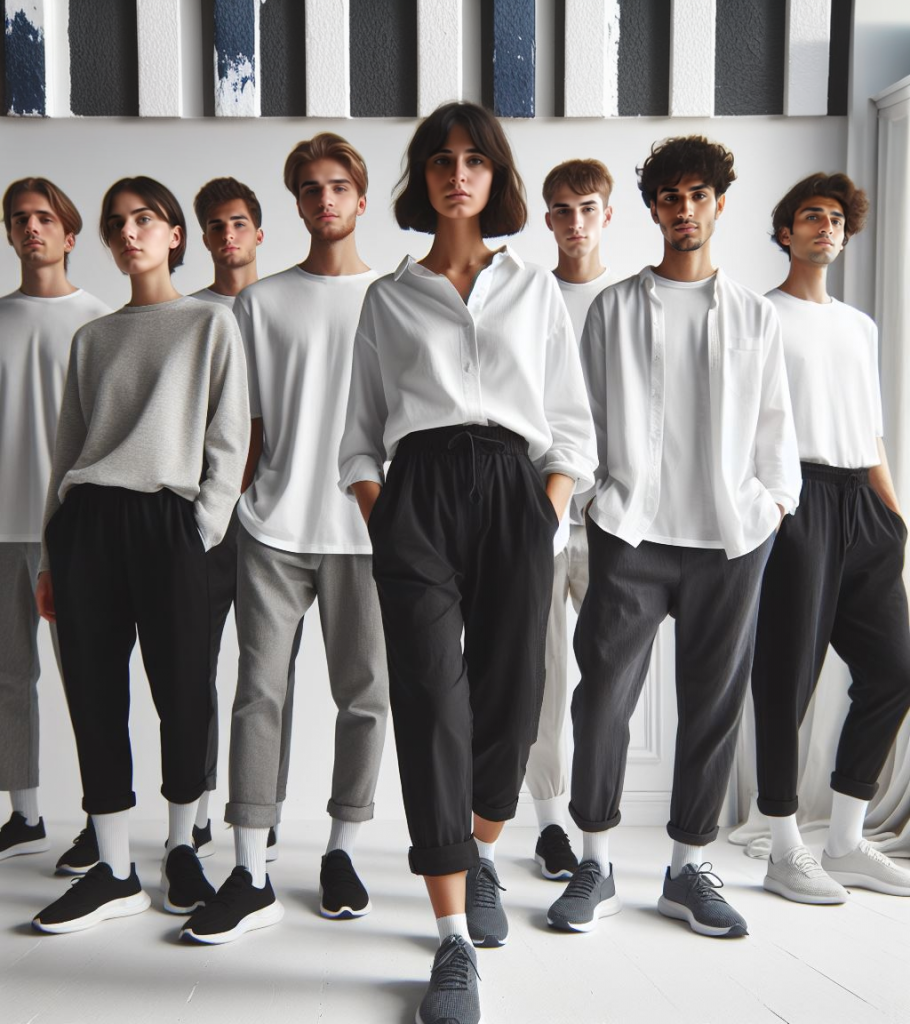Renting Clothes is a sustainable solution to fast fashion’s environmental impacts. Fast fashion encourages constant low-cost consumption and disposal of apparel, which damages the planet. As textile waste piles up in landfills and microplastics flood waterways from disposed fabrics, the carbon footprint of all this clothing keeps increasing. But clothing rental services allow consumers to enjoy variety and seasonal trends sustainably. Renting clothes rather than buying means more reuse and less waste. Rental subscriptions provide access to personalized styles without needing full ownership. This reduces the textiles ending up in landfills and moves fashion toward circular models. Renting apparel makes it easier to be eco-friendly while staying stylish.
As the global apparel rental market grows at a 6.5% CAGR to reach $7.45 billion by 2026, consumers have an alternative to fast fashion ownership. Renting clothes can reduce waste while providing access to more styles. Recent research analyzed what motivates US consumers to adopt apparel rentals over traditional buying.
The Problem of Disposable Fast Fashion
Fast fashion brands rapidly produce cheap, trendy clothing to encourage frequent purchases and short cycles of wear before disposal. The average American throws away 70 pounds of textile waste per year as a result. Much gets sent to landfills rather than recycled or donated.
Beyond clogged landfills, the apparel industry’s sustainability impacts include:
- 20% of industrial water pollution globally from textile treatment and dyeing
- 10% of humanity’s carbon emissions from apparel production
- 85% of all apparel eventually incinerated or in landfills
- 500,000 tons of microfibers entering the ocean each year
The cycle of buy, wear, toss is neither sustainable nor ethical long-term.
Renting Apparel Offers Sustainable Consumption
Renting clothes through services like Rent the Runway, Le Tote, Nuuly and more breaks the environmentally damaging pattern of fast fashion. Sharing access to garments means each one gets utilized more, extending its usable lifespan. Consumers can try out styles without fully committing through ownership.
The research found US consumers are attracted to apparel rental for several key reasons:
- Positive attitudes about the concept of collaborative consumption for fashion
- Desire for variety and experimentation with less cost commitment
- Social influence and normative pressure from peers engaged in renting
- Confidence their rental use improves sustainability
- Seeing eco-friendly rental as relevant to values and identity
Additionally, those with environmentally conscious behaviors in areas like recycling or upcycling prove more open to giving clothing rental a try.
Building Attitudes Supportive of Sustainable Rental
Possessing knowledge around the environmental destruction caused by fast fashion correlates to more positive attitudes regarding apparel rental as an ecological alternative. When consumers understand the carbon footprint, water waste, textile pollution, and microplastics crisis linked to fashion manufacturing and disposal, they grow more receptive to renting vs buying options.
Demographic factors like age and income do not appear to impact attitudes significantly. Instead it comes down to making sustainable rental both socially normal and personally relevant. Framing eco-fashion rental as enabling values like creativity, uniqueness, and self-expression rather than just saving the earth expands appeal. Meanwhile, utilizing influencers and social media communities helps cement renting clothes as a trend.
The Takeaway for Fashion Brands and Retailers
As apparel rental disruptors like Rent the Runway blaze a trail, more brands are taking note of surging interest among values-driven, environmentally conscious consumers. Traditional fashion retailers can integrate subscription rental offerings into their business models as well.
Marketing rental services successfully relies on:
- Spotlighting the significant waste and emissions reductions achieved
- Messaging affordability, flexibility, and hassle-free returns
- Encouraging social sharing and recommendations
- Rewarding past eco-friendly purchase behavior
- Personalizing sustainability motives over societal ones
The forecasted growth demonstrates shifting consumer priorities. People increasingly want access alongside ownership and experiences over possessions. For apparel, renting provides a pathway to satisfying fashion cravings sustainably. The industry should continue expanding eco-conscious rental alternatives to drive future success.
Best Services for Renting Clothes
While the study did not look at particular providers, apparel rental is a rapidly growing industry. Some major companies offering clothing rental subscriptions include:
- Rent the Runway – leading rental platform for designer apparel rentals
- Le Tote – rental service focused on everyday staples
- Nuuly – rotating rental model of 6 items per month
- Gwynnie Bee – size-inclusive everyday rental style boxes
- Armoire – This service offers a curated selection of clothes based on a style quiz taken by the user. It’s a mix of a clothing rental and personal shopping service.
- Vince Unfold – Known for its luxury clothing rental service, it’s a great option for those looking for high-end designer items.
- Vivrelle – This service offers luxury fashion accessories for rent, including handbags, watches, and jewelry.
- Tulerie – A peer-to-peer clothing rental app where users can rent clothes directly from each other.
- Nova Octo – This service specializes in renting out high-end designer dresses for special occasions.
These services and others allow consumers to rent clothing across both high end designer and more casual everyday styles on a subscription basis. The convenience of apparel rentals delivered direct to consumers is a large part of the appeal over traditional brick and mortar purchases. And it facilitates sustainable fashion by reducing waste from fast fashion disposal after limited wears.
As consumer adoption and popularity of these rental services expands, continued apparel industry innovation around creative subscription offerings appears inevitable.



